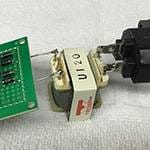Euroblock connectors are mainly used in equipment power amplifiers and high-impedance-compatible speakers. This article is about Euroblock connectors.
"Euroblock" is often used, and it often has the following appearance.
EUROBLOCK
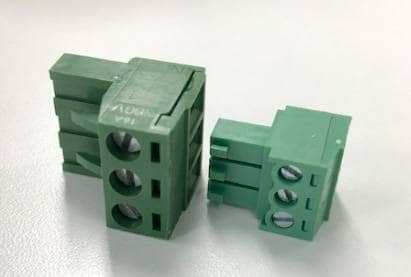
Source: From the Yamaha Q&A page
Strictly speaking, this refers to a terminal block in which the receptacle and the insertion terminal are split, but it is sometimes widely referred to as a terminal block in general.
As the name suggests, the Euroblock is a European-style connection terminal, but it is also said that its origin comes from an insulated terminal block for DIN rails that were invented in the 1920s by engineers at what is currently known as the Phoenix Contact Company in Germany.
It seems that what was invented about 100 years ago has changed its form and is now used in the field of acoustics.
The following are some of the products sold at Sound House that use Euroblock connectors.
Euroblock connectors are used for the following equipment
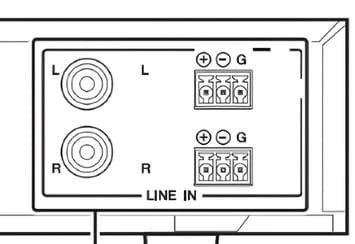
Euroblock connectors used for the LINE input terminal.
Euroblock connections are used for the INPUT, REMOTE, and MUTE terminals.
Euroblock is employed in the INPUT/THRU terminals.
As you can see, the actual product is utilized in multiple applications.
What are the advantages of using Euroblock connectors?
When replacing wiring and bare wire connectors, the process of replacing bare wires each time is troublesome.
Therefore, by inserting the wires into the Euroblock in advance, the wires can be replaced simply by removing and inserting the block terminals. Also, by using Euroblock, troubles due to contact between wires (shorts) or incorrect wiring can be avoided.
Furthermore, the use of ferrule terminals are an ingenious way to make handle cable terminals easier and safer to use.
Ferrule Terminals
Since there’s a dedicated crimping tool included, anyone can easily install a ferrule terminal.
With the crimping process applied, connection to the Euroblock is easier and more secure.
Pin Assignment of Euroblock Connectors
Basically, the receptacle side and the receiving side of the device indicate which terminal accepts which signal. It’s important to follow the instruction manual for each device and make sure to connect the correct pin assignment.
In the case of an XLR terminal connection for a microphone, "+, -, G" is indicated.
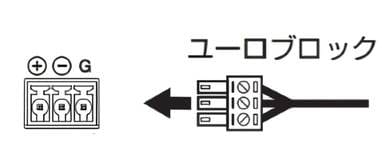
Other times they are labeled as "H, C, G," etc. These are abbreviations for HOT, COLD, and GND.
Not only this, but they are used for various applications, so be sure to check the indications of each device carefully before connecting them together.
I hope this was helpful.





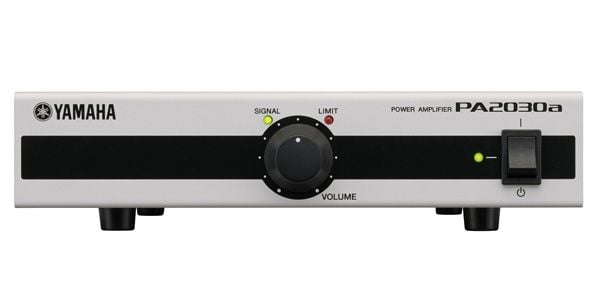
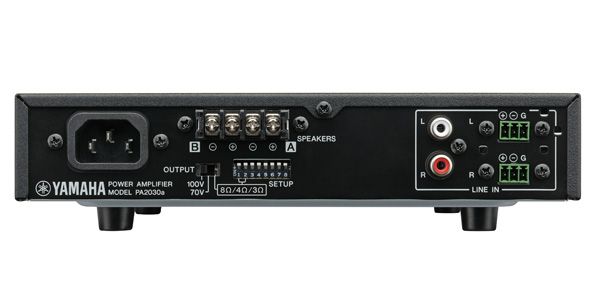
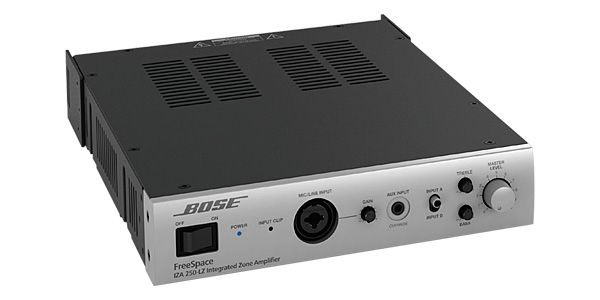
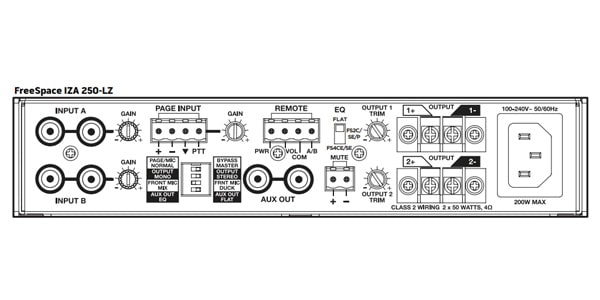
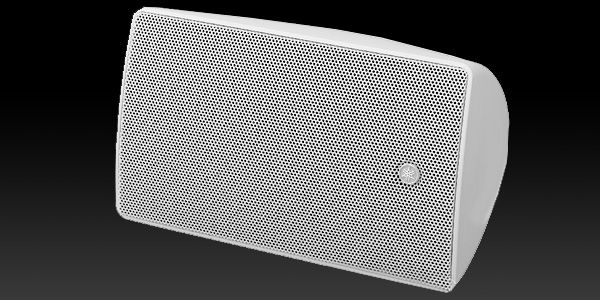
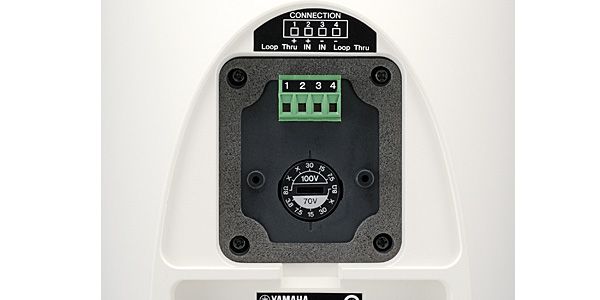



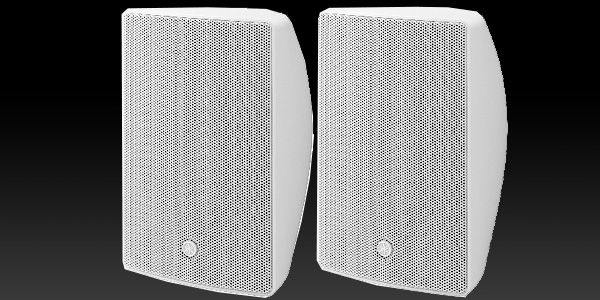
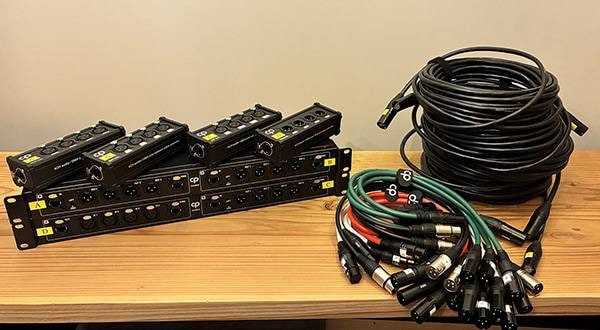
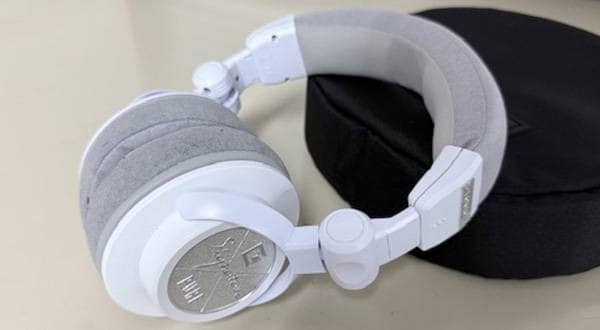
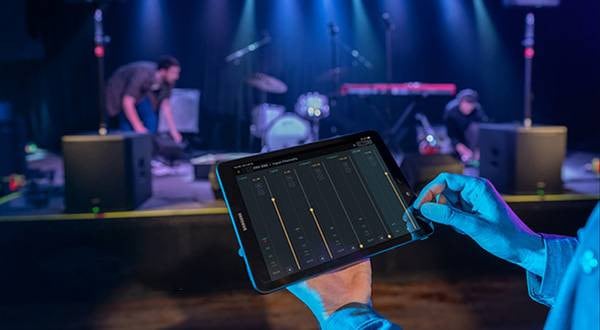
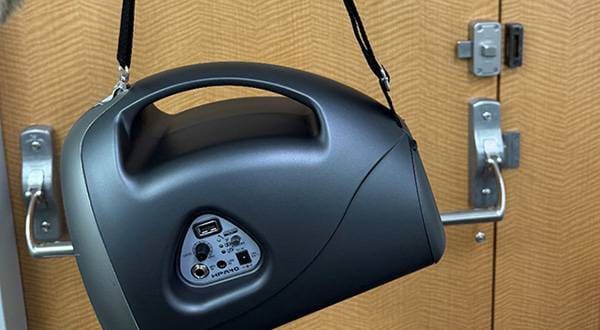
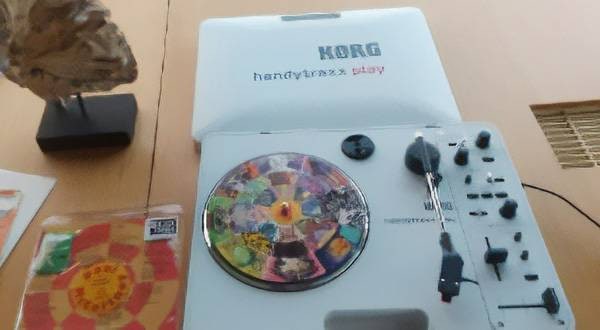
![[PA Guide for Beginners] Let’s Put Together A PA System for Your Live Show! How to Choose a Mixer, Power Amp, and Speakers!](/contents/uploads/thumbs/2/2023/1/20230131_2_20980_1.jpg)
![[Latest Edition] A Staff Favorite! Recommended Classic Pro Power Amplifiers by Application and Type!](/contents/uploads/thumbs/2/2022/11/20221122_2_20155_1.jpg)
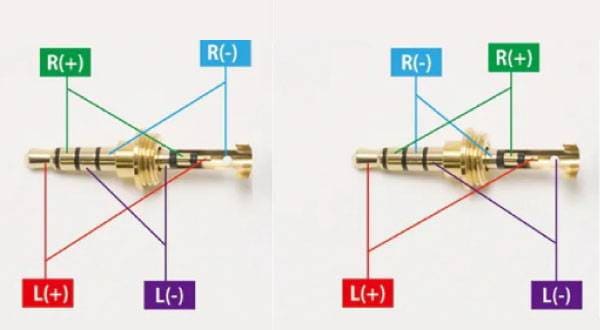
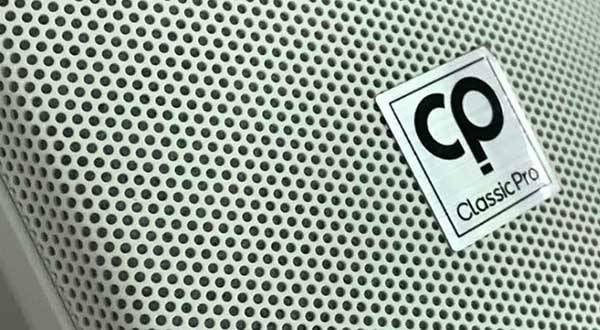

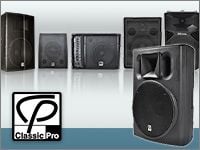 スピーカーの定番 Classic Proのおすすめモデル
スピーカーの定番 Classic Proのおすすめモデル
 パワーアンプの定番 Classic Proのおすすめモデル
パワーアンプの定番 Classic Proのおすすめモデル
 スタジオモニタースピーカーを選ぶ
スタジオモニタースピーカーを選ぶ
 スピーカーユニット交換
スピーカーユニット交換
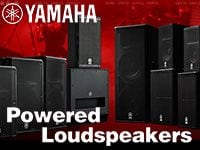 YAMAHA パワードスピーカー比較表
YAMAHA パワードスピーカー比較表
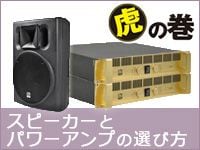 スピーカーとパワーアンプの選び方
スピーカーとパワーアンプの選び方


